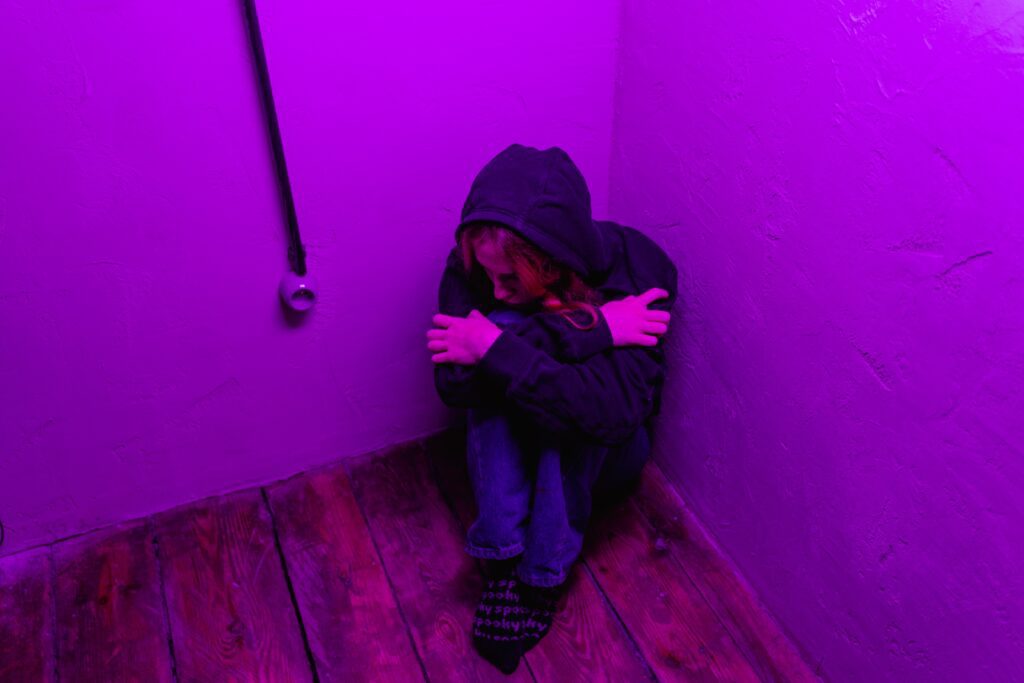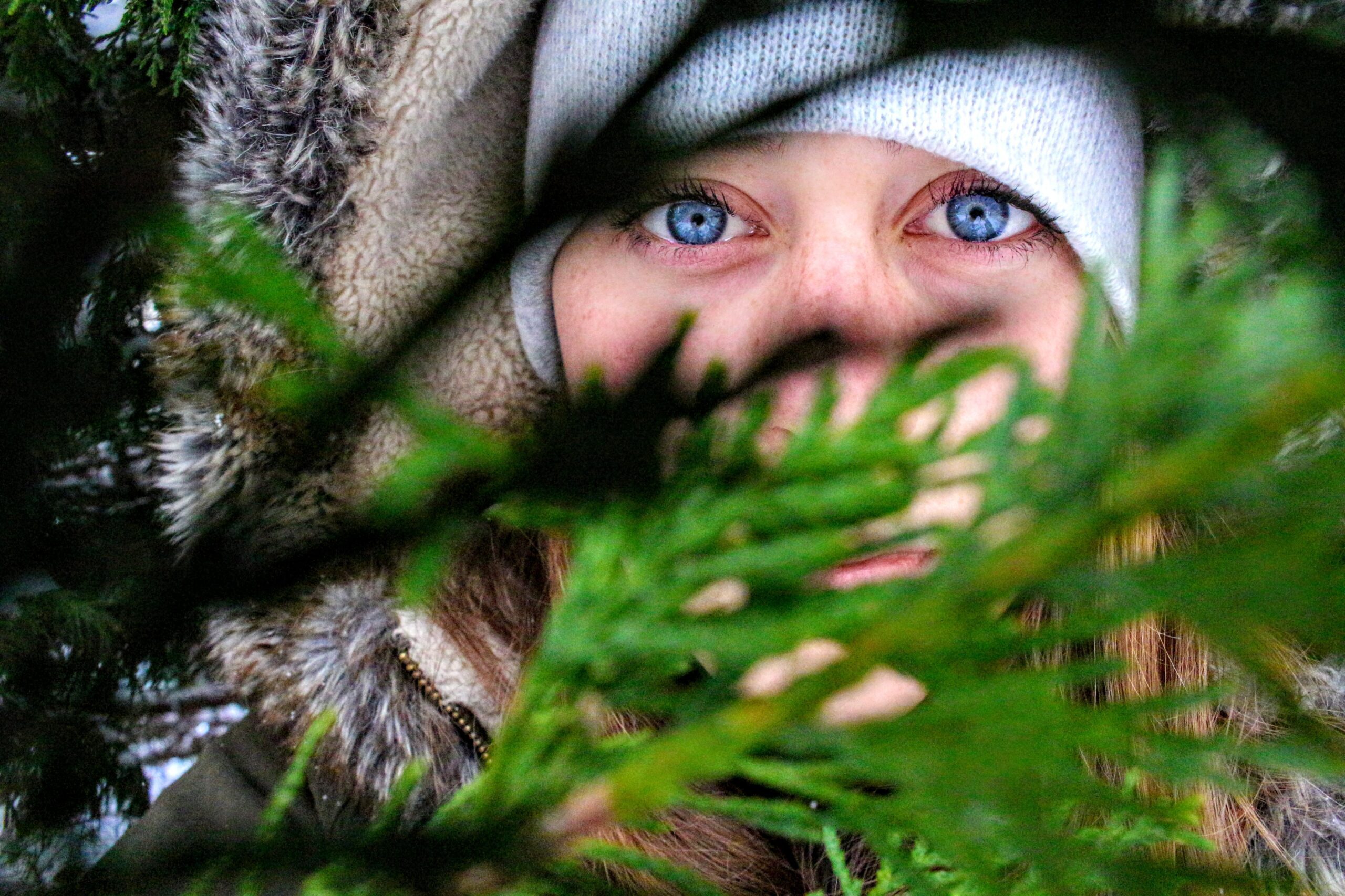In the midst of the winter season, many individuals find themselves grappling with the often-underestimated condition known as “Winter Blues” or “Winter Depression.” These feelings of melancholy and low energy can significantly affect one’s quality of life during the colder months. In this comprehensive guide, we delve deep into understanding the symptoms and treatment options for Winter Blues, providing you with the essential knowledge to overcome this common seasonal challenge.

What is Winter Blues or Winter Depression?
Winter Blues, technically termed Seasonal Affective Disorder (SAD), is a type of depression that typically occurs during the fall and winter months when there is less natural sunlight. The exact cause of SAD is not fully understood, but it is believed to be linked to a disrupted circadian rhythm and a reduction in serotonin and melatonin levels.
If the cold weather and shorter days cause you to have the winter blues, aka depression, you’re not alone. It’s not uncommon to experience fatigue, depression, difficulty concentrating, and a disruption in your sleep schedule during the winter season.
For some people, these mood swings are temporary and easily managed with lifestyle changes. But for others, the winter blues can turn into a more severe form of depression called seasonal affective disorder, or SAD…. good news? There are a few things you can do to beat the winter blues.
Symptoms of Winter Blues or Winter Depression
People feel sad sometimes, and there’s nothing wrong with that. In fact, having emotions is part of what makes us all human.
Sometimes feeling sad or down, especially in the winter months, can be a sign of the winter blues (depression). However, when depression interferes with your ability to function in your daily life, it can be something more serious.
For many people, the fall and winter months bring on gloom, and much of that can be attributed to a lack of sunlight, Guevara’s says.
During the winter months or winter, people leave their homes in the dark, spend all day in a windowless office, and then leave work to go home again in the dark. It can affect the mood of most people.

Recognizing the Symptoms
- Persistent Low Mood: Individuals with Winter Blues often experience persistent sadness, irritability, and a general sense of hopelessness.
- Lethargy and Fatigue: A marked decrease in energy levels and increased fatigue can make it challenging to stay motivated.
- Changes in Sleep Patterns: Insomnia or oversleeping is a common symptom, leading to disruptions in one’s daily routine.
- Appetite Changes: A craving for carbohydrates and an increase in weight is frequently observed.
- Difficulty Concentrating: Reduced focus, difficulty in making decisions, and impaired cognitive function are common occurrences.
AD is a more complex disorder than just sadness. “People affected by it show symptoms of a major depressive disorder, including difficulty sleeping and eating, which can come with significant fluctuations in energy levels and weight,” Guevara’s says. If symptoms become severe, it is important to seek professional mental health services immediately.
Strategies to Conquer Winter Blues and Winter Depression
Winter Blues, also known as Seasonal Affective Disorder (SAD), can cast a shadow over your winter months. While you can’t change the weather or the amount of daylight you get, you can take steps to mitigate the symptoms associated with SAD and regain your sense of well-being. Here are practical strategies to help you beat the winter blues and manage depression effectively.
1. Limit News Consumption
Spending more time indoors during the winter often translates to increased screen time. Excessive exposure to the continuous news cycle can contribute to feelings of depression and anxiety. To prevent the winter blues from creeping in, consider these tips:
- Diversify Your Content: Balance news consumption with entertainment programs to alleviate the negative impact of constant news updates.

2. Elevate Your Mood with Nutrition
The food you eat plays a crucial role in managing your mood. Incorporating the following dietary adjustments can help improve your emotional well-being:
- Protein Intake: Ensure you include protein in your meals throughout the day. This can help stabilize your mood and reduce sugar and carbohydrate cravings later on.
3. Establish a Consistent Sleep Routine
Quality sleep is paramount for mood regulation. Disrupted sleep patterns can affect your circadian rhythms, cortisol levels, and hormone production. To enhance your sleep quality, consider the following tips:
- Bedtime Ritual: Develop a relaxing bedtime routine to signal your body that it’s time to wind down.
- Optimal Sleep Environment: Ensure your sleep space is dark, quiet, and at a comfortable temperature.
- Regular Sleep Schedule: Try to go to bed and wake up at the same times each day, even on weekends.
4. Exercise Regularly
Physical activity is a natural mood enhancer. Regular exercise can help counteract the effects of SAD and depression. Here are some recommendations:
- Outdoor Activities: Embrace outdoor winter activities like skiing, snowshoeing, or brisk walks to expose yourself to natural light and fresh air.
5. Seek Social Connections
Isolation can exacerbate the symptoms of SAD and depression. Stay socially engaged to help ward off the winter blues:
- Virtual Gatherings: In situations where physical gatherings are limited, connect with friends and family through virtual meetups or phone calls.
- Support Groups: Consider joining a support group or therapy sessions to share your experiences and feelings.
6. Light Therapy
Light therapy, using a specialized lightbox, can mimic the effects of natural sunlight and help alleviate SAD symptoms. Ensure you:
- Choose the Right Lightbox: Consult a healthcare professional to determine the most suitable lightbox for your needs.
- Establish a Routine: Use the lightbox daily, preferably in the morning, for the recommended duration.

7. Professional Help
If your symptoms persist or worsen, it’s crucial to consult a healthcare provider or a mental health specialist. They can offer personalized guidance, including psychotherapy or medication, to address your specific needs.
Conclusion – Winter Blues or Winter Depression
While winter blues and depression can be challenging, they are not insurmountable. By implementing these strategies and seeking professional help when necessary, you can regain control of your emotional well-being and enjoy a more fulfilling winter season. Remember, you have the power to beat the winter blues and find the light even in the darkest of seasons.
#Winter Blues or Winter Depression #Winter Blues or Winter Depression


